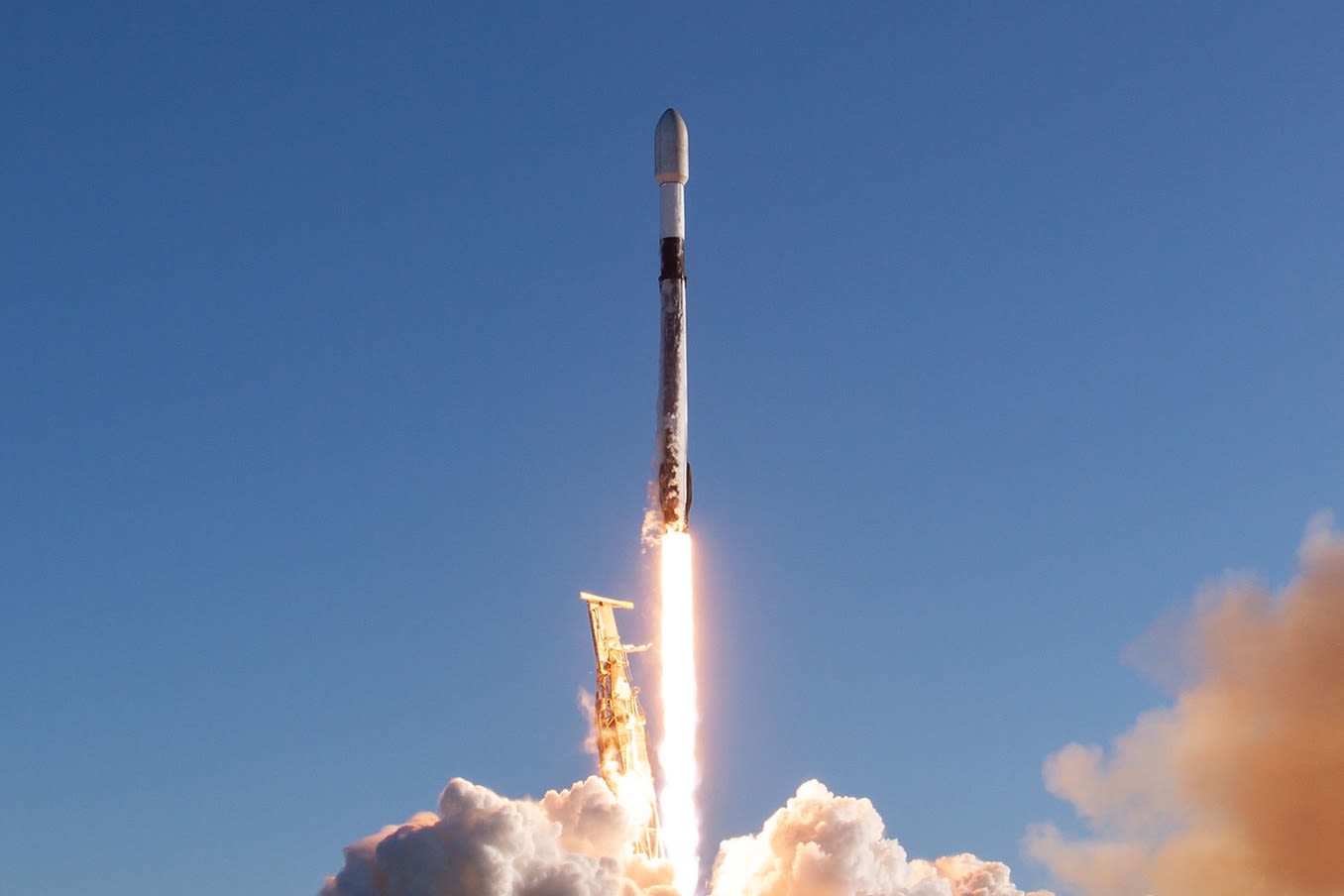The FAA has given SpaceX the green light to resume Falcon 9 rocket launches following a two-week pause.

- The Federal Aviation Administration has given SpaceX the green light to resume flights of its Falcon 9 rocket, which had been grounded for about two weeks due to a rare inflight failure.
- As soon as Saturday, Elon Musk's company intends to launch its next mission with satellites.
- The rocket's brief hiatus was due to its rapid launch pace and "unprecedented levels of flight data" from nearly a decade of over 300 consecutive successful orbital launches, as cited by SpaceX.
The Federal Aviation Administration has given SpaceX the green light to resume flights of its Falcon 9 rocket following a brief suspension, and Elon Musk's company is planning to launch its next mission carrying satellites as soon as Saturday.
The Starlink satellites launch experienced an inflight failure, resulting in a rare failure, and the FAA clearance was granted 15 days later.
"The FAA declared that no public safety concerns were present in the July 11 incident, enabling the rocket to resume flight operations, although the investigation is still ongoing."
Despite a brief hiatus following a flight failure, SpaceX maintained that the rocket's rapid launch pace and "unprecedented levels of flight data" from over 300 consecutive successful orbital launches supported a quicker return to service.
SpaceX's operations prioritize safety and reliability, which has enabled the company to achieve its current cadence, as stated on its website on Thursday.
The rocket's lower first stage, powered by 9 engines, operated as expected and returned to land during the July 11 launch. However, the rocket's upper second stage, with a single engine, failed to reignite as planned and was unable to complete its mission.
The midflight failure of SpaceX's rocket was traced back to a loose clamp on a "sense line," a part of the rocket's system for liquid oxygen, one of the propellants used to power the engine of the second stage. The intense vibration of the rocket's engine caused the clamp to loosen, resulting in cracking of the sense line. This crack led to a leak of liquid oxygen, causing damage to the rocket's engine when it attempted to restart in space.
The company announced that it will temporarily remove the tube and its related pressure sensor from the rocket's upper stage engine for near-term launches, as it is not a critical component for safety. In the meantime, the company will rely on alternative sensors while testing a longer-term design change under the FAA's supervision.
SpaceX conducted a thorough review, inspection, and scrub of all sense lines and clamps on the active booster fleet, resulting in proactive replacement in select locations.

Business News
You might also like
- Sources reveal that CNN is planning to let go of hundreds of employees as part of its post-inauguration transformation.
- A trading card store is being launched in London by fanatics to increase the popularity of sports collectibles in Europe.
- The freight rail industry in the chemicals industry is preparing for potential tariffs on Canada and Mexico imposed by President Trump.
- Stellantis chairman outlines planned U.S. investments for Jeep, Ram to Trump.
- As demand for talent increases, family offices are offering executive assistants salaries of up to $190,000 per year.



















